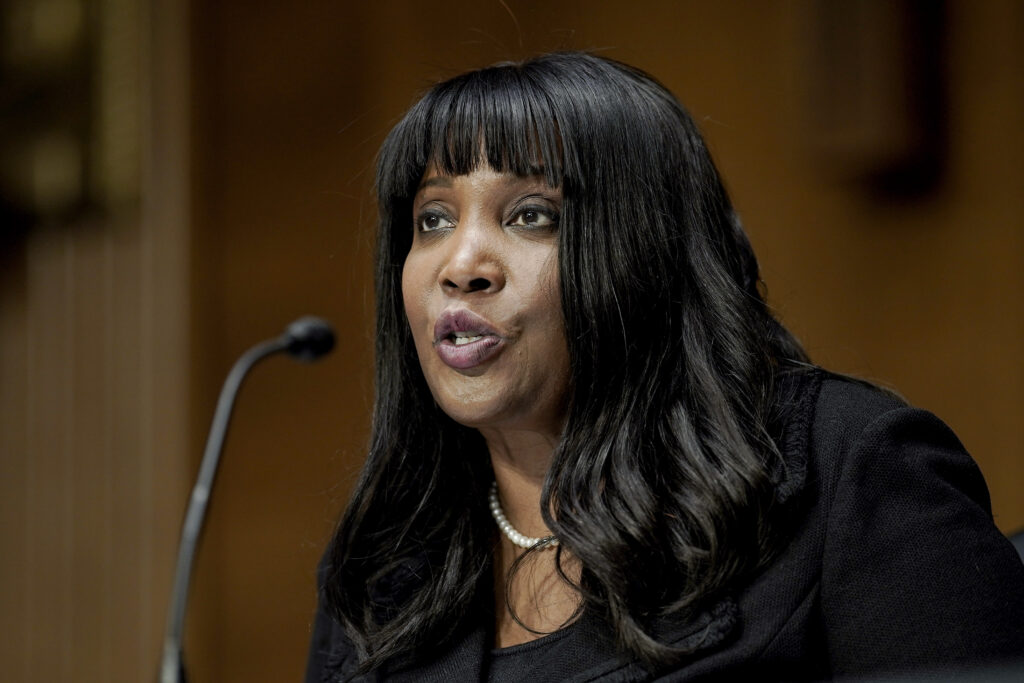Federal Judge Blocks Trump’s Attempt to Fire Federal Reserve Governor Lisa Cook

A federal judge has blocked President Donald Trump’s attempt to remove Federal Reserve Governor Lisa Cook Tuesday, ruling that the move violated federal law and Cook’s constitutional rights.
U.S. District Judge Jia M. Cobb, appointed by former President Joe Biden, issued a preliminary injunction ordering that Cook remain in her position while the case proceeds.
This is the first time in the Federal Reserve’s 111-year history that a president has tried to fire a sitting governor. Federal law says Fed governors may only be removed “for cause,” a safeguard meant to shield the central bank from partisan interference.
“The best reading of the ‘for cause’ provision is that the bases for removal of a member of the Board of Governors are limited to grounds concerning a Governor’s behavior in office and whether they have been faithfully and effectively executing their statutory duties,” Cobb wrote. “‘For cause’ thus does not contemplate removing an individual purely for conduct that occurred before they began in office.”
Trump cited a referral accusing Cook of claiming two homes as her “primary residence” in 2021, before she joined the Fed, as cause for her removal. But Cobb noted that the law only allows removal for conduct in office, not alleged acts before appointment.
Cook has never been charged with any crime and denies wrongdoing.
The judge also ruled that Cook’s due process rights under the Fifth Amendment were likely violated because she was given no notice or hearing before being stripped of her office.
In granting the injunction, Cobb found that Cook had shown she faced irreparable harm if the removal were allowed to stand, and that both the public interest and the balance of equities weighed in her favor.
The ruling is a setback for Trump’s attempt to assert direct control over the Federal Reserve, an institution deliberately designed to be independent from partisan politics.
Earlier this year, the Supreme Court allowed Trump to fire members of labor and civil service boards, but explicitly distinguished the Federal Reserve, describing it as a “uniquely structured, quasi-private entity” that Congress intended to insulate from presidential control.